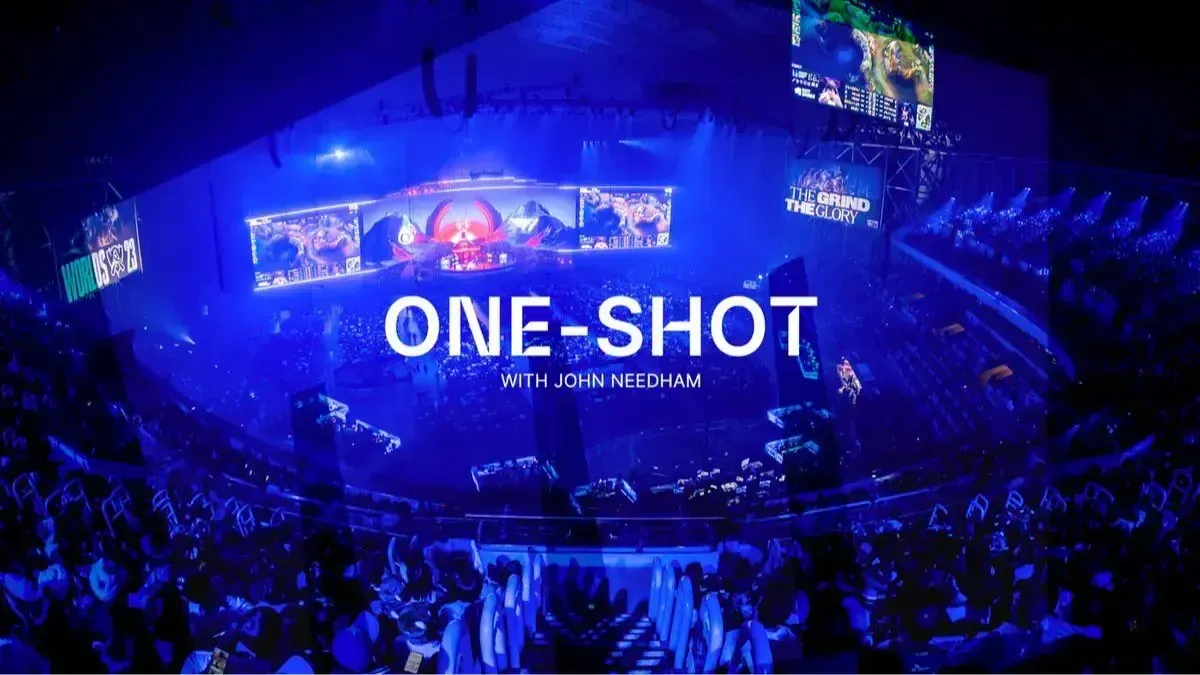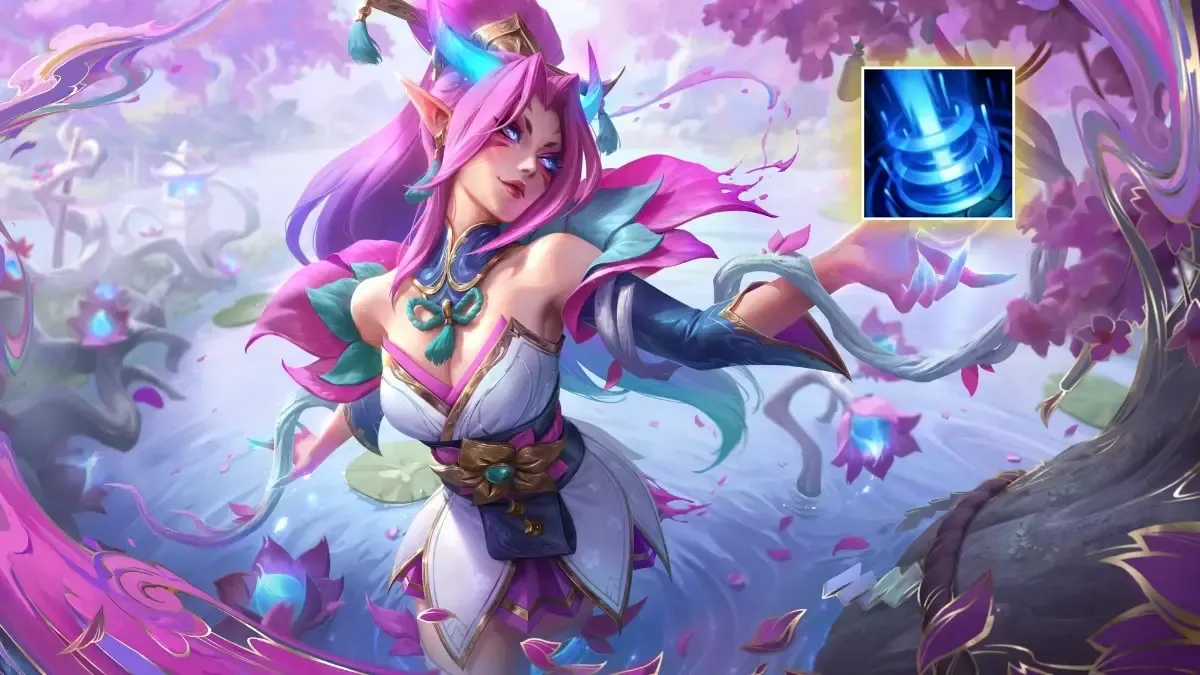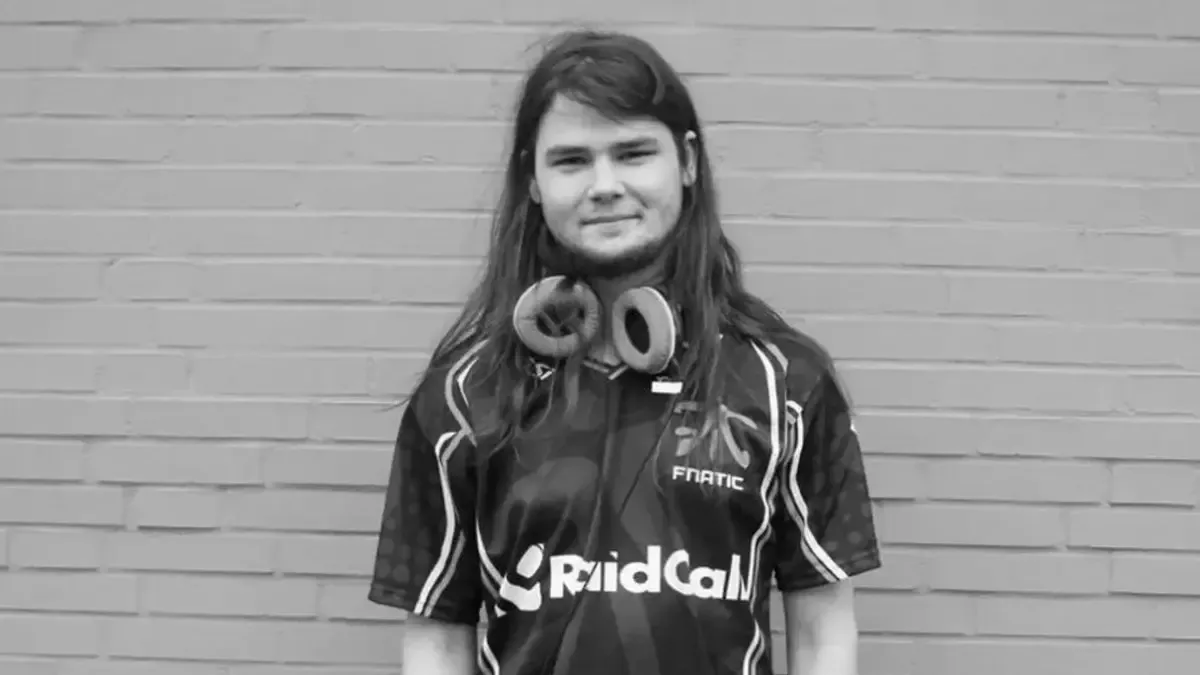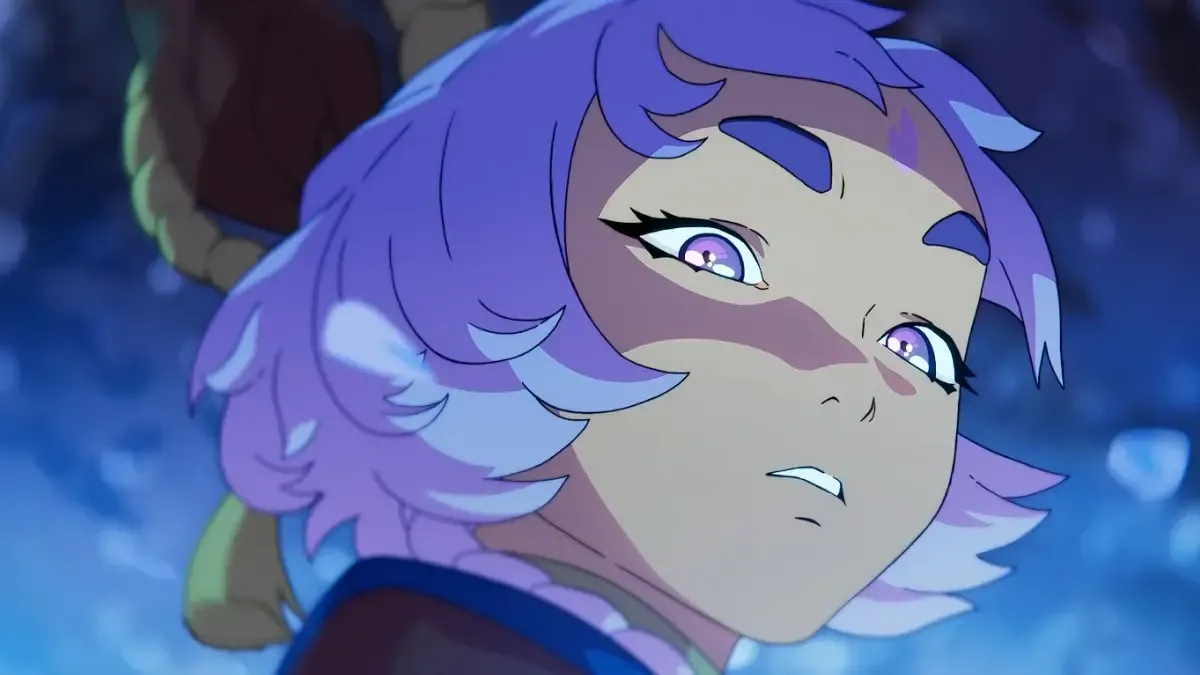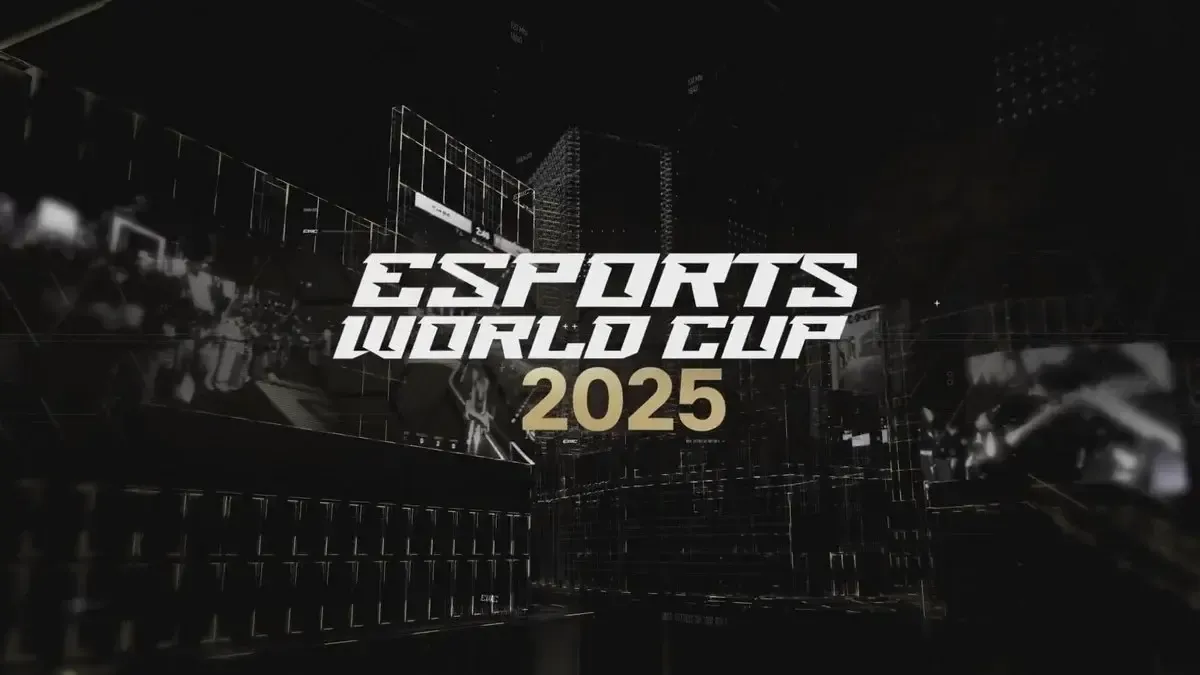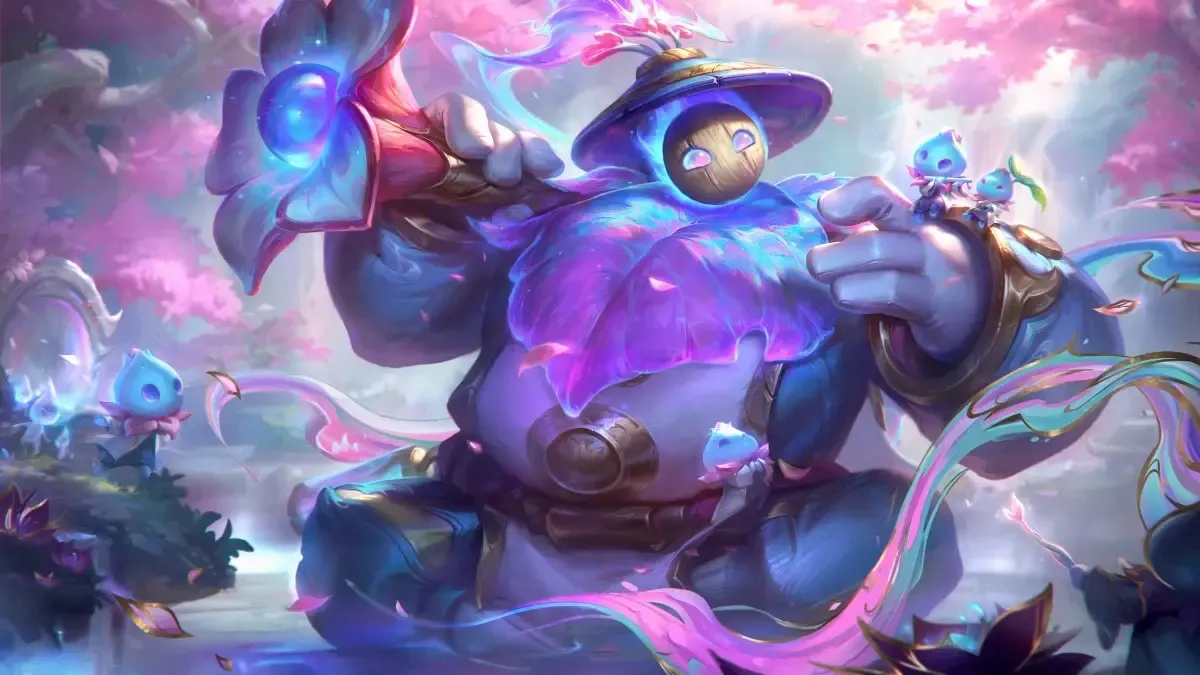LoL Esports will be taking a page out of the VCT's book.
The current state of LoL Esports as we know it is about to change after some huge news coming out from Riot Games earlier today. According to John Needham, the President of Esports at Riot Games, the current business model for LoL Esports will now be going down a similar path to Riot's other major esport, the VALORANT Champions Tour.
This is to help provide a more predictable stream of revenue for LoL Esports as well as long-term sustainability of the business model. In the blogpost by Riot's President of Esports, the new model will be implemented across pro teams in the LCS, LEC, and LCK to reflect the changing reality of esports. Riot is also in talks with the LPL on how its business model can evolve too.
The new business model that LoL Esports will adopt is similar to what fans of the VCT have already experienced. This includes a “financial upside driven by in-game digital items reflecting the support of LoL Esports fans across the globe.” The changes that will be implemented will look to keep LoL Esports healthy and on a path to long-term sustainability.
In this context, it will hopefully allow LoL Esports to generate enough revenue to cover the costs of Riot, its professional teams, and other stakeholders invested in its ecosystem while also providing an enduring career for players to compete professionally. The blogpost also touched on how much Riot has spent annually on LoL Esports, which is in the range of hundreds of millions of dollars ever since its inception 14 years ago.
Needham spoke of the needs and realities of the ecosystem today and how it is different from it was just a few years ago.
It’s time for us to adjust LoL Esports to reinforce the sport's longevity and reshape the business model powering it so it’s viable and sustainable for us, our team partners, and pro players. We’re committed to supporting the ecosystem but believe we can and should do it in a more scalable way. That’s why we’re offering a new partnership model with our team partners in the LCK, LCS, and LEC that resembles the model we’ve implemented in the VCT.
He also talked about the current business model used in LoL Esports, which involves “teams committing to pay ~$10M to participate in a league and receive 50% of certain revenues (not profits) generated by that league. Most of this revenue has historically come from sponsorship and, to a (much) lesser extent, media rights.” Needham also shared the intent behind the original partnership model, which was split into three ideals:
- Give the teams a long-term slot in the league so that they could sign multi-year sponsorship and long-term contracts for players.
- Align the incentives between the teams and the league.
- Give teams a way to share in the financial success of the league.
When the model was first introduced, there was an abundance of capital that allowed teams to spend in excess of the revenues that were generated directly from Riot. However, the access to said capital soon became limited over time when revenue growth did not catch up to cost growth and team cash reserves dried up.
We want teams to succeed, and we’ve worked with them to help improve their cash position and refocus on long-term sustainability. For example, we’ve opened up new team sponsorship categories and adjusted our policies and competitive calendar to unlock more opportunities for teams and players to participate in additional third-party events, something players have been asking for. Financially, we’ve applied minimum guarantees on league revenues (significantly higher than the share of actual revenues owed to teams), accelerated revenue share payments, and deferred and spread-out participation fee payments (i.e., the $10M noted above) owed to us. We implemented financial policies in multiple regional leagues to incentivize teams to invest in their operations at a more scalable pace. All of this was done in an effort to afford teams a runway to stabilize and build their businesses, but it hasn’t been enough to give us the confidence we’re heading toward long-term sustainability.
And this is where the new business model will come in as Needham proposed a new team partnership model to owners, which is very much like how the VCT operates in terms of a team revenue perspective. It will look to better reflect Riot's collective business goals for esports teams in the LCK, LCS, and LEC, who will still retain its rights to the slots. And its three ideals are similar to what Riot had set out to achieve with LoL Esports originally:
- We want team partners to participate in the upside of our esports.
- We want to align the financial incentives between teams and leagues.
- We want to give teams some predictability on revenue share so they can manage their businesses sustainably.
Teams in the LCK, LCS, and LEC will now be paid a fixed stipend and share in revenue from LoL Esports digital content sales under the new model, which will see the revenue-sharing mechanism shift away from sponsorship sales as the primary source of revenue. The focus on digital content sales has been nothing short of beneficial for the VCT thus far, which is evident in the recent introduction of the partner team skin bundles. As far as digital content sales goes, it's “generally more resilient to economic downturns and have a higher ceiling than sponsorship, which is capped by inventory, categories, and market penetration.”
The new business model will also change how LoL Esports allocate and share digital revenue with team partners via a Global Revenue Pool (GRP) that will aggregate digital LoL Esports revenue and allocates it to teams in three ways:
- General Shares: 50% of the GRP goes into General Shares and is allocated to Tier 1 teams.
- Competitive Shares: 35% of the GRP flows into the Competitive bucket. These shares are allocated based on competitive performance and are split into two tranches: one based on regional league standings and the other based on international event placements.
- Fandom Shares: The remaining 15% of the GRP goes into Fandom Shares. This bucket rewards teams for developing strong fandom for their players, leagues, and team brands.
Previously, it's only teams that compete at the international events like the Mid-Season Invitational and Worlds who will have a share of the digital content sales related to those events. That would mean only 20–30 teams can participate in digital revenue in a season. With the GRP, it will now hopefully stretch the revenue stream across the tier one ecosystem in League of Legends.
To help bolster the GRP, we will increase the standard esports revenue share percentage and increase the quantity of LoL Esports digital content we release in a given season. The in-game LoL Esports content we’ve released the past two seasons (i.e., MSI/Worlds content, SKE emotes, Worlds Winner skins, etc.) has continued to set new engagement and revenue records, and we’re eager to continue that trajectory to support the GRP. We’ll have more to share about some exciting new digital LoL Esports products in development later this year. In addition to esports digital content revenue, we will contribute 50% of other direct revenues (sponsorships, media, etc.) once Riot recovers its annual investment in LoL Esports.
This is massive news to all teams within LoL Esports as it can substantially change the landscape of the industry, which has been on the downside for some time now. It has seen plenty of long-standing teams call it quits in leagues across the world but with the new business model set to take place soon, this is one way Riot can try to help keep the esports scene going.

